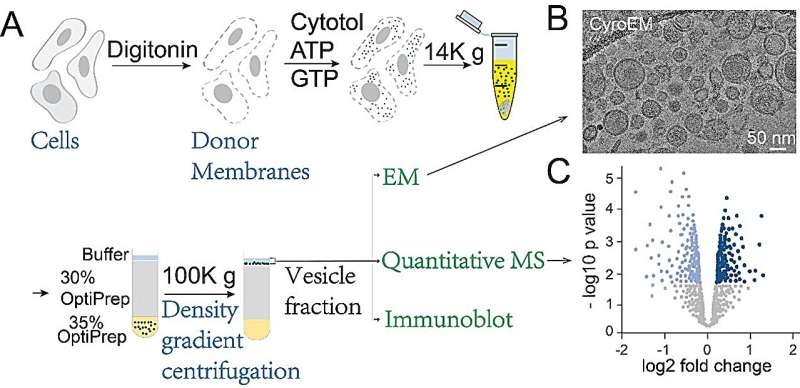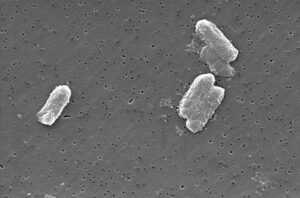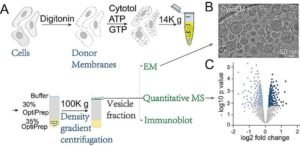Genomic Insights into Non-Tuberculous Mycobacteria: A Breakthrough in Disease Understanding
Unlocking the Secrets of Non-Tuberculous Mycobacteria Through Genomics
Non-tuberculous mycobacteria (NTM) are a diverse group of bacteria that can cause serious infections, particularly in individuals with weakened immune systems or underlying lung conditions. Despite their growing prevalence, diagnosing and treating NTM infections remains challenging due to their complex biology. Recent advancements in genomic analysis, however, are shedding light on the genetic makeup of these pathogens, offering new insights into their behavior and potential treatment strategies.
In this article, we’ll explore how cutting-edge genomic tools are being used to study NTM, what researchers have discovered, and why this matters for public health.
What Are Non-Tuberculous Mycobacteria?
Non-tuberculous mycobacteria (NTM) are environmental bacteria found in soil and water. Unlike tuberculosis-causing mycobacteria, NTM are not spread from person to person but can infect humans through inhalation or skin exposure. These bacteria are notorious for causing chronic pulmonary infections, skin and soft tissue infections, and disseminated diseases in immunocompromised patients.
Some common species include Mycobacterium avium, Mycobacterium abscessus, and Mycobacterium chelonae. Each species has unique characteristics, making accurate identification critical for effective treatment.
The Role of Genomics in Studying NTM
Genomics—the study of an organism’s entire DNA—has revolutionized our ability to understand NTM. By sequencing the genomes of these bacteria, researchers can identify genes involved in virulence, antibiotic resistance, and adaptation to different environments. This knowledge helps improve diagnostic tools, develop targeted therapies, and predict disease progression.
Key Tools and Techniques
Several advanced tools were used in this study to analyze NTM genomes:
- DIAMOND: A fast and sensitive software for protein alignment, which helps identify functional genes in bacterial genomes.
- KEGG Database: Provides insights into metabolic pathways and gene functions.
- OrthoANI: Measures genetic similarity between strains, aiding in species classification.
- MEGA11: Used to construct phylogenetic trees, showing evolutionary relationships among NTM species.
These tools allowed researchers to piece together the genetic blueprint of NTM, revealing patterns that were previously hidden.
What Did the Study Reveal?
The study focused on a newly identified NTM strain, HNNTM2301. Here’s what the researchers found:
Genome Assembly and Annotation
Using software like Unicycler and Pilon, the team assembled the genome of HNNTM2301 into circular chromosomes. Annotation revealed genes associated with antibiotic resistance, virulence factors, and metabolic pathways.
Phylogenetic Analysis
A phylogenetic tree based on the sodA gene showed that HNNTM2301 clusters closely with other NTM species like M. seoulense. The sequence similarity was 93.75%, indicating a close evolutionary relationship.
Functional Insights
Functional genomic analysis linked specific genes to key traits:
- Antibiotic Resistance: Genes encoding efflux pumps and drug-modifying enzymes were identified.
- Virulence Factors: Proteins involved in biofilm formation and immune evasion were highlighted.
- Environmental Adaptation: Pathways enabling survival in diverse environments were mapped.
Why Does This Matter?
Understanding the genetics of NTM is crucial for several reasons:
Improved Diagnostics
Accurate species identification is essential for tailoring treatments. Genomic data can enhance tools like MALDI-TOF mass spectrometry, which rapidly identifies NTM species based on protein profiles.
Targeted Therapies
By identifying genes linked to antibiotic resistance, researchers can design drugs that bypass these mechanisms. For example, inhibitors targeting efflux pumps could restore the effectiveness of existing antibiotics.
Public Health Implications
NTM infections are becoming more common worldwide, partly due to aging populations and increased use of immunosuppressive therapies. Genomic studies help track the spread of these bacteria and identify emerging threats.
Looking Ahead
This research is just the beginning. Future studies should focus on:
- Larger Datasets: Expanding genomic databases to include more NTM species.
- Clinical Applications: Translating genomic findings into practical diagnostic and therapeutic tools.
- Global Collaboration: Sharing data across borders to combat the rising threat of NTM infections.
As technology continues to advance, genomics will play an increasingly vital role in combating infectious diseases.
Conclusion: Join the Fight Against NTM Infections
Non-tuberculous mycobacteria may be elusive, but genomic research is bringing us closer to understanding—and defeating—these pathogens. By supporting scientific innovation and staying informed about breakthroughs, we can work toward a future where NTM infections are easier to diagnose and treat.
If you’re interested in learning more about genomics or want to support research efforts, consider sharing this article with your network. Together, we can make a difference in the fight against infectious diseases.













Post Comment